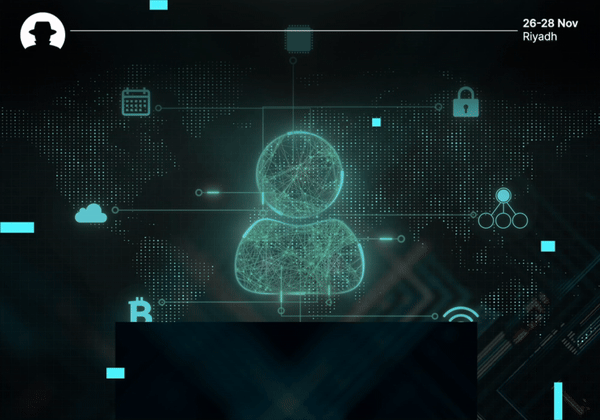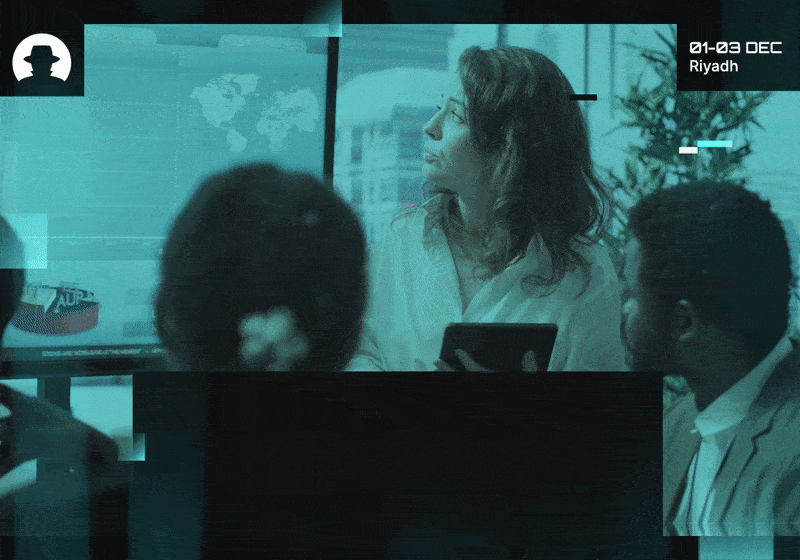
Why do hackers love holidays?
Why do cybercriminals target holidays? New data reveals ransomware spikes, holiday phishing surges, and brand impersonation attacks when organisations are least prepared.
Read More
Welcome to the new 138 cyber warriors who joined us last week. Each week, we'll be sharing insights from the Black Hat MEA community. Read exclusive interviews with industry experts and key findings from the #BHMEA stages.
Keep up with our weekly newsletters on LinkedIn — subscribe here.
Inspiration and insights from the field of cybersecurity – in your inbox every week.
Startups and innovators who are making cybersecurity more accessible to people with disabilities, or those from groups that are digitally excluded.
Because we wrote a blog post about developments in digital inclusion within the field of cybersecurity – and how there’s much more work to be done.
So here, we want to highlight some of the people who are doing that work. And by extension, perhaps inspire more of the global cybersecurity community to invest in accessibility.

The cybersecurity sector faces a talent shortage, and people of diverse abilities could be an untapped pool to help overcome that. But that means the sector needs to be accessible to that diverse talent.
Companies including Deloitte, EY, and Microsoft have been updating their HR policies to drive more recruitment of neurodiverse talent. But there’s more work to do to ensure that cybersecurity work is accessible and appealing to people who have conventionally been digitally excluded.
Some sources highlight the challenges that disabled professionals face in cybersecurity; including discrimination, minimal accessibility in tools and training, and barriers to career advancement.
Along with accessibility policies and relevant tools and training, we need to recognise the valuable skills and perspectives that people of all abilities and backgrounds can bring to cybersecurity – and create the conditions for everyone to be able to utilise their talent.
We want to know how you think cybersecurity experts can contribute to improved accessibility, both for users of cybersecurity products, and for people with diverse abilities who want to work in cybersecurity. Open this newsletter on LinkedIn and tell us in the comment section – and we might get in touch about featuring your response in a future newsletter.
Do you have an idea for a topic you'd like us to cover? We're eager to hear it! Drop us a message and share your thoughts. Our next newsletter is scheduled for 3 July 2024.
Catch you next week,
Steve Durning
Exhibition Director
Join us at Black Hat MEA 2024 to grow your network, expand your knowledge, and build your business.
Join the newsletter to receive the latest updates in your inbox.

Why do cybercriminals target holidays? New data reveals ransomware spikes, holiday phishing surges, and brand impersonation attacks when organisations are least prepared.
Read More
Boards are asking new cybersecurity questions about risk, resilience, and accountability. Here’s how CISOs can respond with clarity – and without overpromising.
Read More
A look back at the BHMEA blog’s most memorable insights of 2025 – with six standout quotes from speakers who reminded us what cybersecurity is really about.
Read More